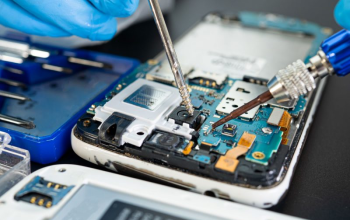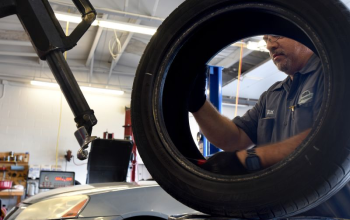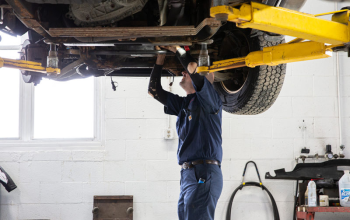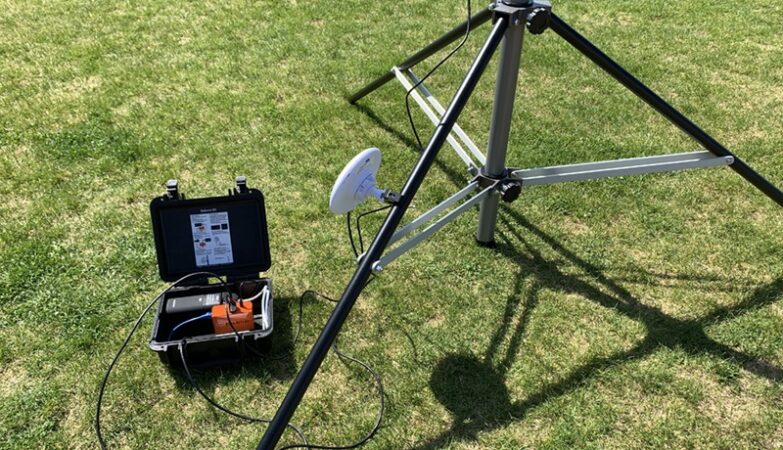In a fast-paced and consumer-driven world, repair has become a forgotten art. The throwaway culture that dominates society often leads us to discard broken or damaged items without a second thought. However, repair is not merely about fixing things; it represents a powerful concept that touches upon sustainability, resilience, and a deeper understanding of our relationship with the material world.
The essence of repair lies in its ability to foster a connection between individuals and their possessions. In our grandparent’s generation, repairing household items was a common skill. From sewing torn clothing to fixing broken furniture, they embraced the value of craftsmanship and resourcefulness. This not only saved money but also instilled a sense of pride and ownership over the objects they repaired. Today, we can learn from their wisdom and adopt a more sustainable approach to consumption.
Repairing objects contributes significantly to the reduction of waste and eases the burden on the environment. Every time we choose to mend a broken item rather than replace it, we decrease the demand for new products and the resources required to manufacture them. Additionally, the repair industry itself presents economic opportunities, providing jobs and stimulating local economies. Embracing repair empowers us to be mindful of the impact we have on the planet and encourages a shift towards a circular economy.
Beyond its environmental benefits, repair is a powerful symbol of resilience. In a society that often glorifies the disposable, fixing broken things reflects the human spirit’s ability to overcome challenges. It serves as a reminder that we can mend what is damaged, rebuild what is broken, and find beauty in imperfection. The act of repairing can teach us valuable lessons about patience, problem-solving, and the satisfaction of putting things back together, both materially and metaphorically.
Incorporating repair into our lives also means embracing a slower, more mindful approach to consumption. We live in an era of instant gratification, where the latest trends and products are heavily marketed to create a sense of urgency in purchasing. However, this culture of constant consumption takes a toll on our well-being and finances. Choosing repair instead encourages us to cherish and take care of the things we already own, fostering a sense of gratitude for what we have.
Repair can extend beyond physical objects to our relationships with others and ourselves. Just as we can mend a broken chair or a torn shirt, we can also repair strained connections with loved ones or heal emotional wounds. The art of repair teaches us that no matter how broken something or someone may seem, there is always hope for restoration and renewal.
Communities that value repair foster a stronger sense of togetherness. Repair workshops, repair cafes, and collaborative repair projects not only pass down valuable skills but also create spaces for people to come together and share experiences. The act of repairing becomes a collective effort that strengthens social bonds and nurtures a sense of belonging.
In conclusion, repair is much more than a practical skill; it is a profound philosophy that can guide us towards a more sustainable, resilient, and mindful existence. By embracing repair in all aspects of our lives, we reduce waste, minimize our environmental impact, and foster a deeper appreciation for the things we own. Moreover, it is a reflection of our ability to confront challenges and grow stronger in the face of adversity. Repair empowers us to make a positive difference in the world, one mended object, one restored relationship, and one healed heart at a time.








